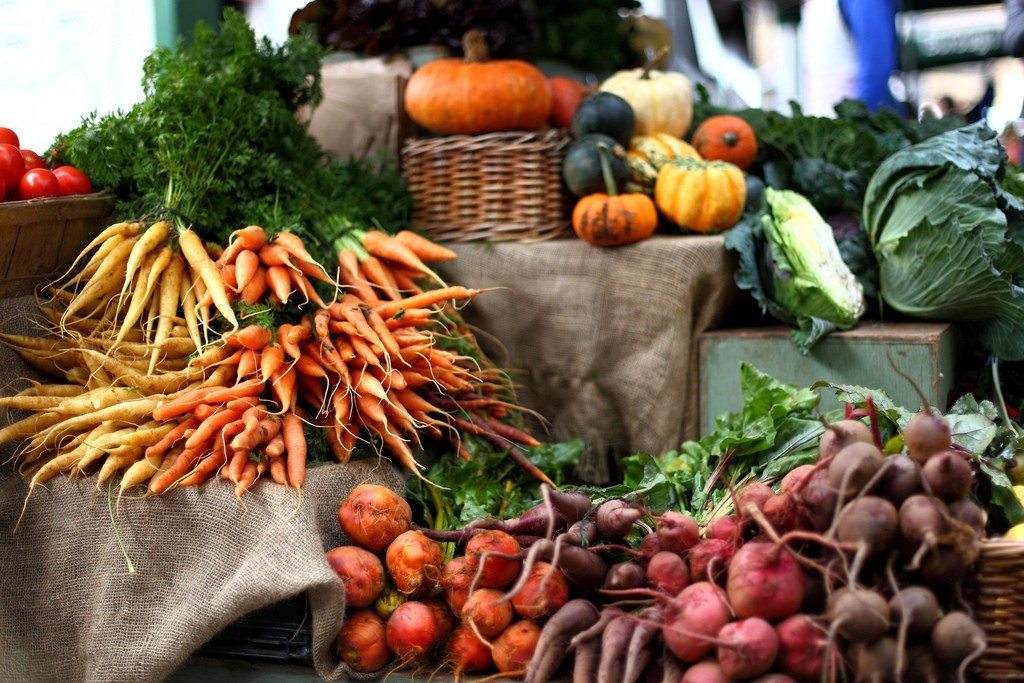Vegetable Family Crop Rotation Guide: Understanding Different Vegetable Families


Crop rotation is a common practice in the home garden, giving vegetable family-specific diseases time to die out before reintroducing families back into the same area of the garden years later. Gardeners with limited space may simply divide up their garden plot into three or four sections and rotate plant families around the garden, while others have separate plots they use for vegetable family crop rotation.
It can be hard to know which vegetables belong to the different vegetable families just from looking at them, but understanding the major vegetable plant families will make the task a little less daunting. Most home vegetable gardeners grow several plant families in any given year- using a handy vegetable families list will help keep rotations straight.
Family Names of Vegetables
The following vegetable families list will help get you started with appropriate vegetable family crop rotation:
Solanaceae- The nightshade family is perhaps the most commonly represented group in most home gardens. Members of this family include tomatoes, peppers (sweet and hot), eggplants, tomatillos, and potatoes (but not sweet potatoes). Verticillium and fusarium wilt are common fungi that build in the soil when nightshades are planted in the same spot year after year.
Cucurbitaceae- The vining plants of the gourd family, or cucurbits, may not seem similar enough to be so closely related at first glance, but each and every member produces their fruits on a long vine with seeds running through the center and most are protected by a hard rind. Cucumbers, zucchini, summer and winter squash, pumpkins, melons, and gourds are members of this very large family.
Fabaceae- The legumes are a large family, important to many gardeners as nitrogen fixers. Peas, beans, peanuts, and cowpeas are common vegetables in the legume family. Gardeners who use clover or alfalfa as cover crops in winter will need to rotate them along with other members of this family, since they are also legumes and susceptible to the same diseases.
Brassicacae- Also known as the cole crops, members of the mustard family tend to be cool season plants and are used by many gardeners to extend their growing season. Some gardeners say that the flavor of thick-leafed members of this family are improved by a little frost. Broccoli, cauliflower, cabbage, kale, Brussels sprouts, radishes, turnips, and collard greens are mustards grown in many medium-sized gardens.
Gardening tips, videos, info and more delivered right to your inbox!
Sign up for the Gardening Know How newsletter today and receive a free copy of our e-book "How to Grow Delicious Tomatoes".
Liliaceae- Not every gardener has space for onions, garlic, chives, shallots, or asparagus, but if you do, these members of the onion family require rotation just like other families. Although asparagus must be left in place for several years, when selecting a new site for asparagus beds, make sure that no other family members have been grown nearby for several years.
Lamiaceae- Not technically vegetables, many gardens may contain members of the mint family, which benefit from crop rotation due to several persistent and aggressive soil-borne fungal pathogens. Members such as mints, basil, rosemary, thyme, oregano, sage, and lavender are sometimes inter-planted with vegetables to deter pests.

Kristi Waterworth was a regular contributor to Gardening Know How for many years, answering countless queries on plant pests and diseases.
-
 My Homemade Orchid Fertilizer Always Brings More Blooms – Here's The Easy Recipe That Transforms Plants
My Homemade Orchid Fertilizer Always Brings More Blooms – Here's The Easy Recipe That Transforms PlantsScientist-turned-gardener Mary Ellen Ellis shares her tried-and-tested DIY orchid fertilizer recipe, plus more ingredients to try for healthy, happy plants.
By Mary Ellen Ellis
-
 Looking For Plants To Give You The Soft And Fuzzies? Try These 5 Fuzzy Leaf Plant Options
Looking For Plants To Give You The Soft And Fuzzies? Try These 5 Fuzzy Leaf Plant OptionsLovers of texture, drama, silver foliage and tactile plants will adore these special sensory garden additions. These fuzzy leaf plant options will leave you all aglow
By Susan Albert
-
 How Many Vegetables To Plant Per Person For A Year
How Many Vegetables To Plant Per Person For A YearGauging how much to plant in a vegetable garden can eliminate waste while still producing enough for your family. Click for more.
By Bonnie L. Grant
-
 13 Perennial Fruits And Vegetables You Only Have To Plant Once
13 Perennial Fruits And Vegetables You Only Have To Plant OnceLooking to set it and forget it? Find out which fruits and vegetables can be grown as perennials.
By Laura Miller
-
 11 Edible Plants For A Year-Round Garden In A Bucket
11 Edible Plants For A Year-Round Garden In A BucketWant to know how to grow food inside your house and which foods do best indoors? Click here to learn all about it.
By Bonnie L. Grant
-
 Frost Tolerance Of Vegetables From Least To Most Hardy
Frost Tolerance Of Vegetables From Least To Most HardyHow cold can vegetables tolerate? Knowing which veggies will survive frosts and freezes is essential for the success of your garden. Click here for more.
By Laura Miller
-
 Best Vegetables To Pickle Straight From The Garden
Best Vegetables To Pickle Straight From The GardenPickles aren’t limited to just cucumbers. Read on for tips on pickling your fresh veggies.
By Amy Grant
-
 Benefits Of Planting In Fall Vs. Spring Vegetable Plots
Benefits Of Planting In Fall Vs. Spring Vegetable PlotsLearn why some vegetables do better if you plant them in fall instead of spring.
By Laura Miller
-
 Interplanting Vegetables In The Fall Garden
Interplanting Vegetables In The Fall GardenLearn all about the benefits of interplanting vegetables for your fall garden.
By Laura Miller
-
 Best Vegetables For Growing In Perlite
Best Vegetables For Growing In PerlitePerlite is a natural growing medium that comes from super-heated volcanic glass. In some cases, it works better than soil. Read on for more info.
By Laura Miller